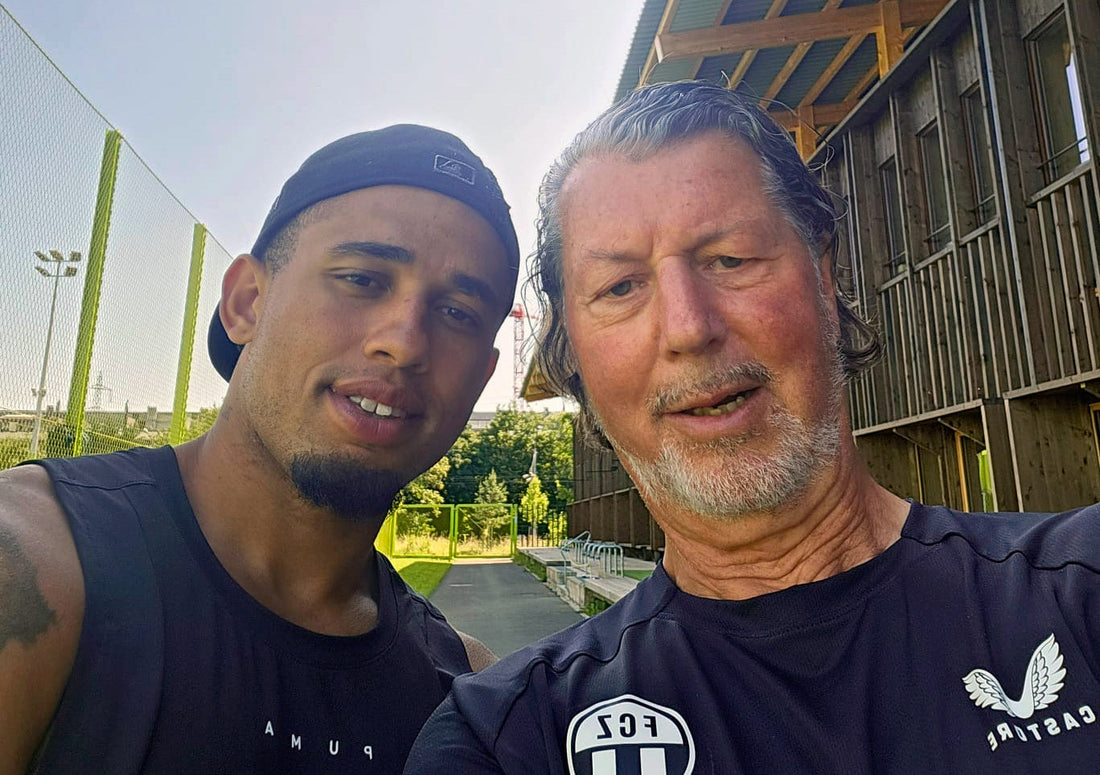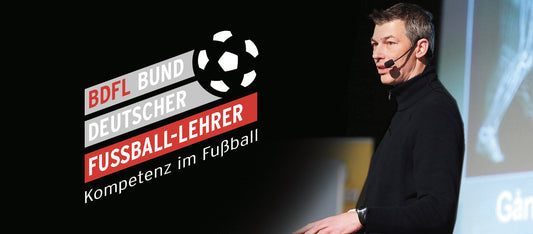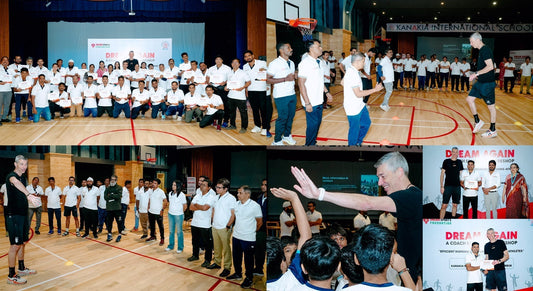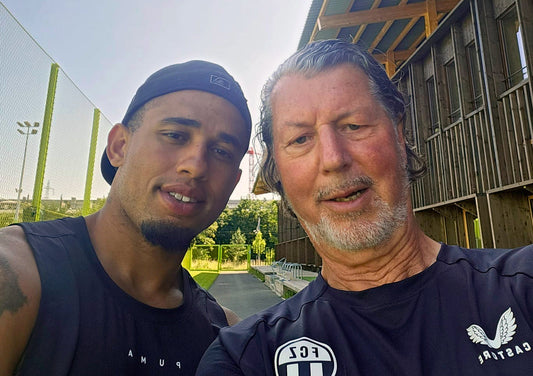Leeds United have officially confirmed the signing of Noah Okafor on a four-year deal. The Swiss international brings exactly what flips games in modern top-flight football: acceleration, direction change, and repeat sprints. Part of that base was built years ago—during his teenage years training speed with our founder Hans Tanner. View the announcement on the official Leeds United website.
Why this move matters
Okafor isn’t a one-off “highlight sprinter.” He’s a repeat-sprint attacker with clean first steps, stable hip-to-foot alignment, and balance in tight spaces. That profile is gold for a team that wants to press high and break quicker than opponents can reset: he stretches depth, disrupts build-up, and forces defenders into awkward direction changes.
Okafor as a Teenager with Hans Tanner: Technique before intensity
When Okafor was younger, sessions with Hans Tanner emphasized four principles—the same ones visible in his pro profile today:
-
Foot Activation & foot intrinsics
Actively engaged foot musculature stabilizes the ankle, shortens neuromuscular pathways, and sharpens “ground reading.” Outcome: quieter, quicker contacts and functional stiffness through stance. -
Contact time & angle creation
First step under the hips, forward shin angle, flat heel—this produces propulsion instead of bounce. -
Hip–knee–ankle coupling (triple extension)
Not maximal “stretching,” but coordinated sequencing. The timing wins, not the pose. -
“Golden 8” warm-up as a routine
A long-time favorite to prime coordination + elasticity before speed work. It shortens the time to the first quality sprint.

Noah Okafor pictured during the UEFA EURO 2024 European qualifier match (Photo: Stefan Constantin 22/Shutterstock.com)
Three takeaways for coaches
- Early technique pays compound interest: Footwork and angle work in youth let pros dial up intensity later without losing form.
- Repeat-sprint ability = technique × organization: Contact quality and trunk stiffness multiply aerobic/anaerobic capacity.
- Role flexibility grows from fundamentals: Same accelerations, different start angles—train principles, not just positions.
Conclusion
Leeds have added a player who uses speed intelligently. Acceleration, direction change, and repeatability aren’t “born”—they’re trainable. The competitive edge comes from systematic speed work in the teenage years: activate the foot, optimize contact times, improve coupling—consistently. That’s how profiles capable of surviving top-flight tempo are built.
Want these principles embedded in your academy—complete with video analysis, the Golden 8 warm-up, and practical microcycles?
- Request an Analysis & Workshop (Tanner Speed Academy Online Programs & Club Package)




